The platypus is an elusive animal. Besides being strangely unique, most people know very little about this creature. I guarantee you most people don't even know where they live or their diet, let alone interesting facts about them. Therefore, let's start this piece off right. In case you didn't know, platypuses are found exclusively in Australia. Also, their diet consists of many bottom dwellers such as shrimp, worms, crayfish, snails, mussels, and small fish. Alright, now that you know some basics, let's dive into five things about platypuses that I bet you didn't know.
1. Platypuses Lay Eggs
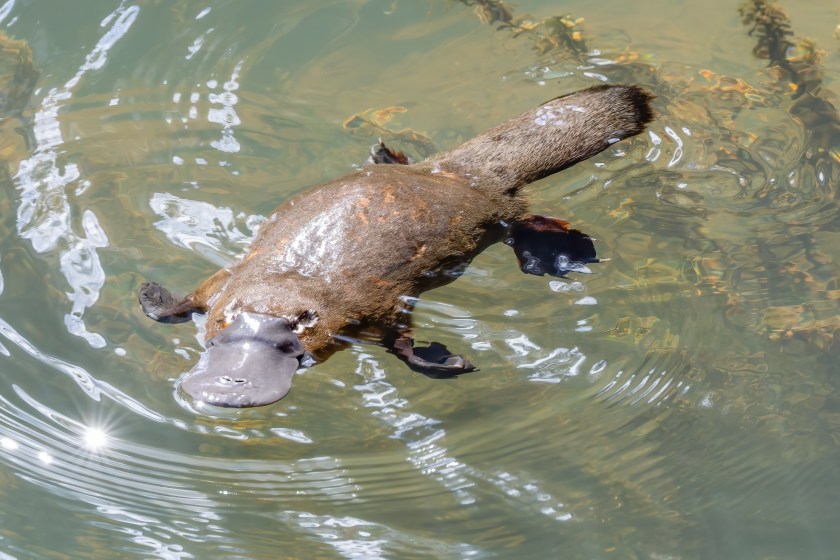
Shutterstock Image
You may have known this one, but I wanted to start things off easy! If you didn't know this, you may wonder why laying eggs is such an accomplishment. After all, lots of animals lay eggs, like chickens! However, what makes this dynamic so interesting is that the platypus is considered a mammal. Typically, mammals give birth to live offspring. However, the platypus is one of the only mammals to lay eggs (the other is the echidna spiny anteater). Interesting, right?
2. They Do Not Have Stomachs
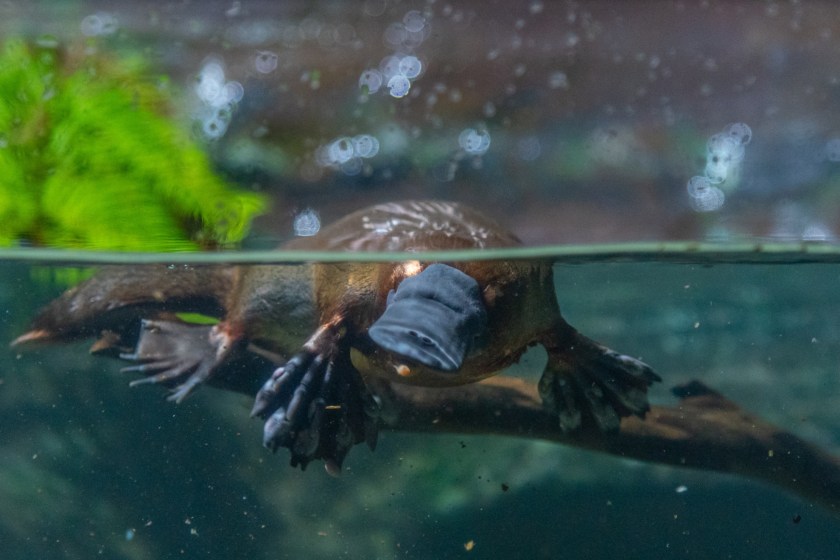
Shutterstock Image
Sounds impossible, right? After all, if you don't have a stomach, how do you eat and digest food? Mental Floss shares that these little guys do not have the acid-producing part of the gut. Instead, they have a gullet that "connects directly to their intestines." In addition to platypuses, echidnas have this sort of stomach (or lack of stomach) set up. Amazing how much these two have in common.
3. They Are Venomous
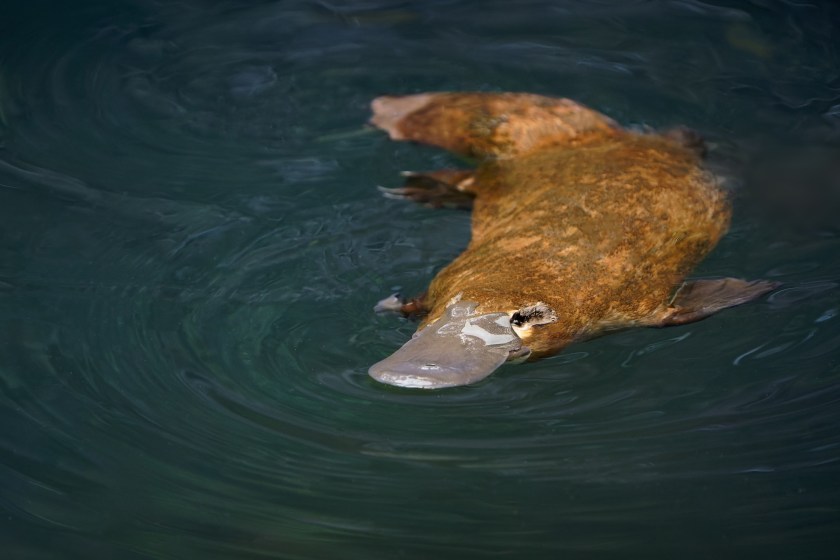
Shutterstock Image
When thinking of venomous animals, I am sure the platypus is not what initially comes to mind. Instead, you probably imagine something like a snake. However, this little mammal packs a serious punch, or rather kick? Reader's Digest shares the details of this animal's defense mechanisms. They write, "The heels of their back feet have spurs that can release venom, making these wild animals one of the few poisonous mammals." Come on, I bet you didn't know that. While their venom isn't potent enough to kill you, it is excruciating. It should be noted that only the male platypuses have these venomous spurs.
4. Platypuses Use Electrolocation
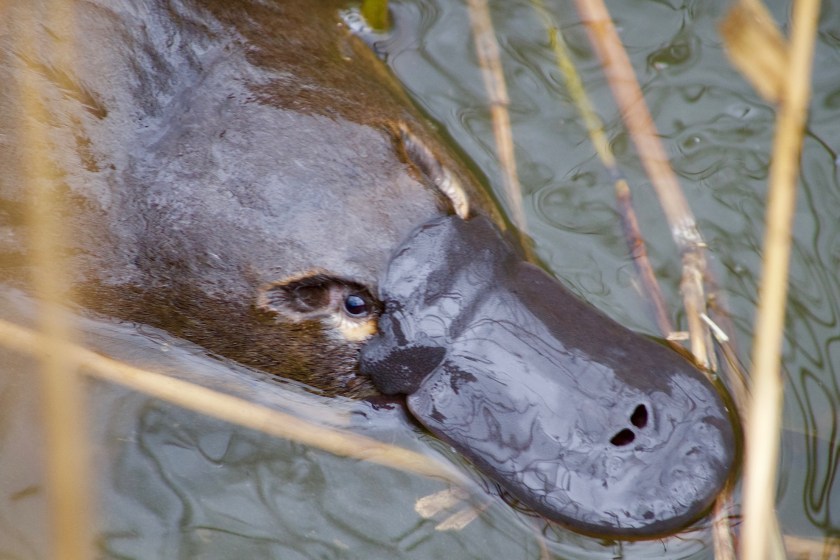
Shutterstock Image
Forget the five senses, the platypus has six! Their bill is very sensitive and is loaded with thousands of cells. These cells allow them to "detect electric fields generated by all living things," according to Mental Floss. Therefore, it is a tremendous hunter because it can use its eyes, ears, and nose as well as the electrolocation from its bill. Those little crayfish don't stand a chance!
5. They Are Ingenious
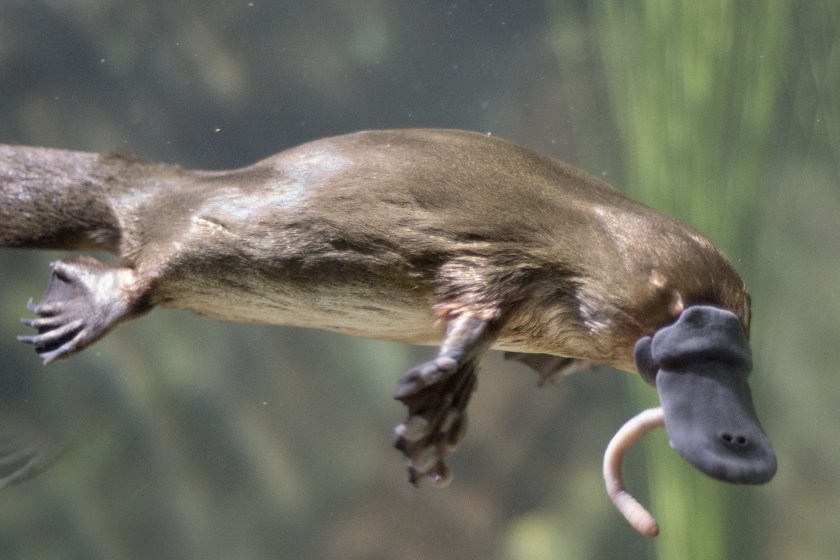
Shutterstock Image
I never imagined the platypus as an intelligent animal. What a disservice I did them! I bet you didn't know this fact about platypuses, and if you did, good for you, because it was a new one for me. Platypuses do not have teeth, making breaking up tough food challenging. Rather than giving up, these ingenious little mammals use nature to their benefit. While they scoop up their dinner, like worms or shellfish, they also scoop up gravel from the riverbed. Then, they pack that gravel into their cheeks and carry it to the surface. Once safely on the surface, they use those little bits of gravel as makeshift teeth to help break up the more difficult food.




